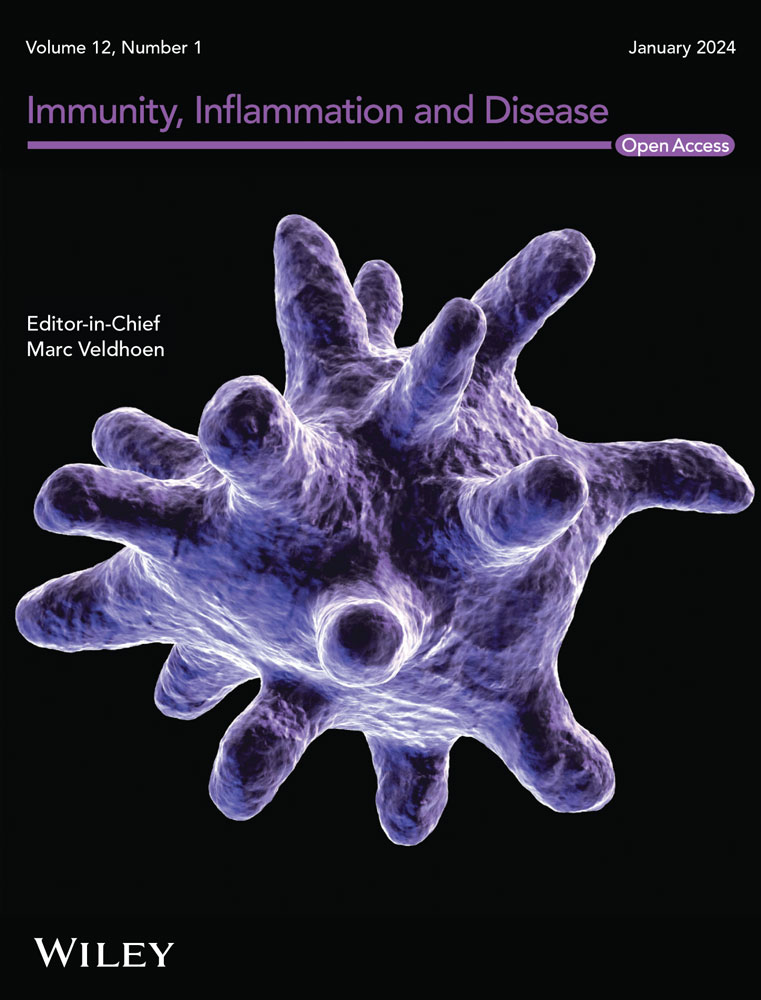Electroacupuncture at ST36/SP6 Restores Surgical Stress-Induced Impairment of Dendritic Cell Maturation via GR/GILZ Signaling in Mice
Abstract
Objective
This study aims to examine how surgical stress and electroacupuncture (EA) influence the maturation of splenic dendritic cells (DCs) in mice, with a specific focus on elucidating the mechanisms through which EA influences DC maturation.
Methods
Mice were allocated into four groups: control, model, model + electroacupuncture (EA), and model + non-electroacupuncture (NEA). For the EA intervention, Zusanli (ST36) and Sanyinjiao (SP6) acupoints received electroacupuncture stimulation, while the NEA group received bilateral stimulation 3 mm adjacent to the midpoint of the line between the tail and the anus. Electroacupuncture was administered 12 h before and during the surgical procedure. Post-surgery, levels of corticosterone (CORT) and adrenocorticotropic hormone (ACTH) in the serum were quantified using ELISA. The expressions of CD86, MHC-II, and CD40 on the surface of DCs were assessed via flow cytometry. Quantitative PCR (qPCR) was utilized to detect the mRNA expression levels of glucocorticoid-induced leucine zipper (GILZ), glucocorticoid receptor (GR), interleukin-1β (IL-1β) and interleukin-6 (IL-6). Additionally, GR and GILZ protein expression levels were analyzed through Western blot analysis.
Results
Compared to the control group, both the model and NEA groups exhibited reduced CD11c+CD40 + , CD11c+MHC-II + , and CD11c + CD86 + DC percentages. Conversely, these markers were elevated in the EA group. Additionally, both interleukin-1β (IL-1β) and interleukin-6 (IL-6) were decreased in the model group and the NEA group, whereas an increment was noticed in the EA group. Notably, both mRNA level and protein expression profile for both GILZ and GR demonstrated a significant increment in the model group and the NEA group, whereas a marked reduction was observed in the EA group. Furthermore, the blockade of GR using RU486 resulted in an increased percentage of CD11c + CD40 + , CD11c + CD86 + , and CD11c+MHC-II+ DCs post-surgery.
Conclusion
Application of electroacupuncture (EA) at the ST36 and SP6 acupoints can mitigate the suppressive effects of surgical stress on DC maturation through the GR/GILZ signaling pathway throughout the surgical process.


 求助内容:
求助内容: 应助结果提醒方式:
应助结果提醒方式:


